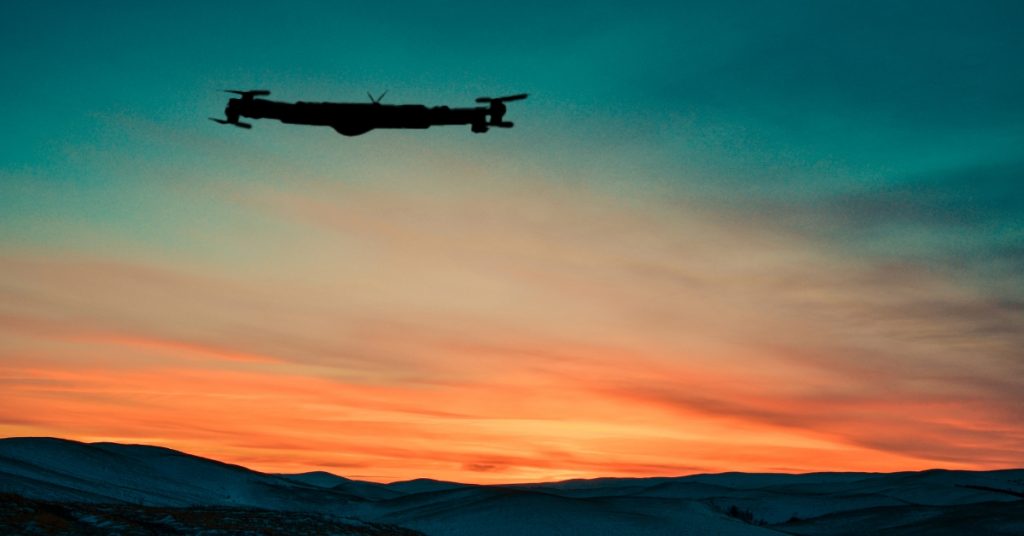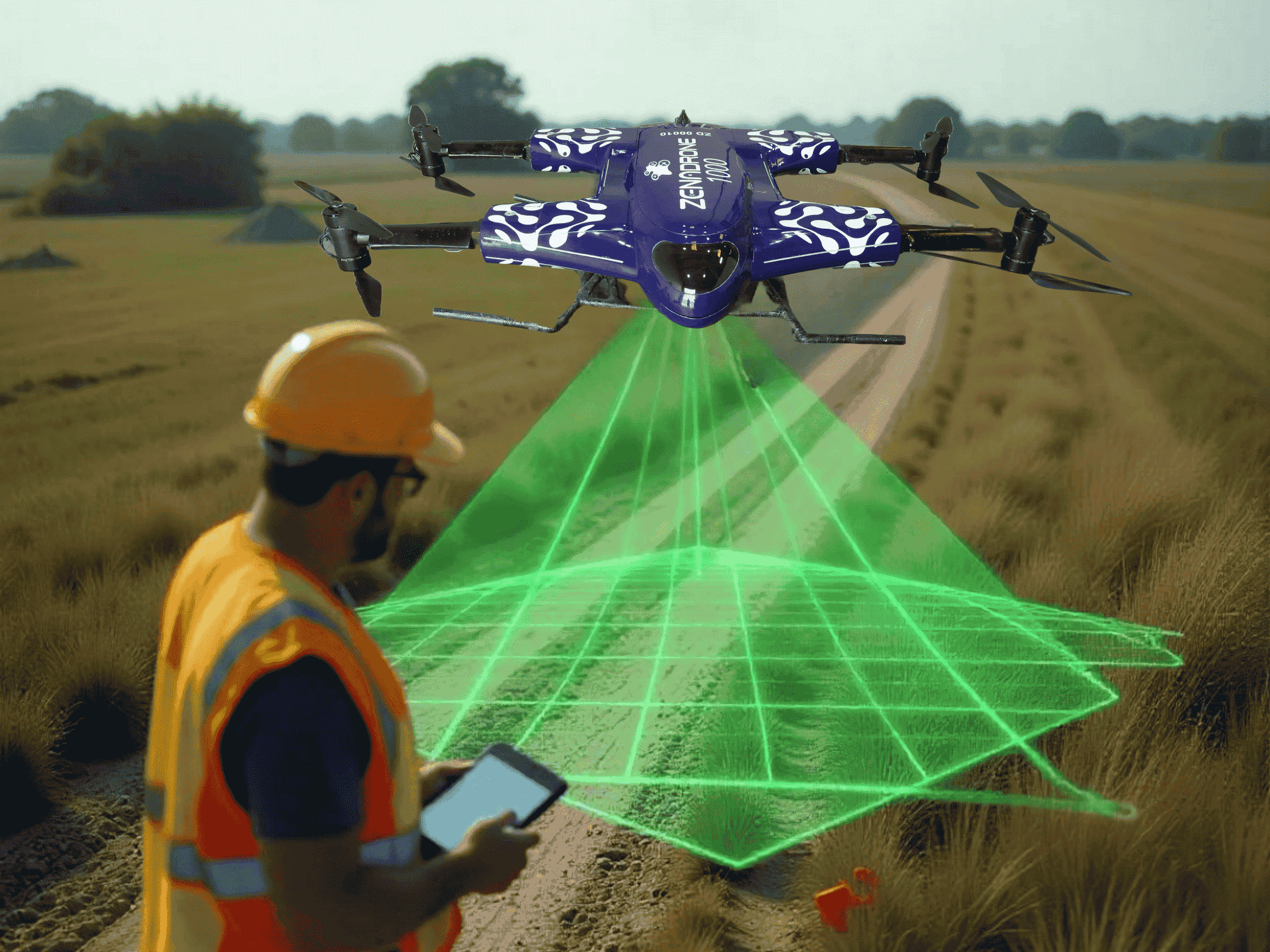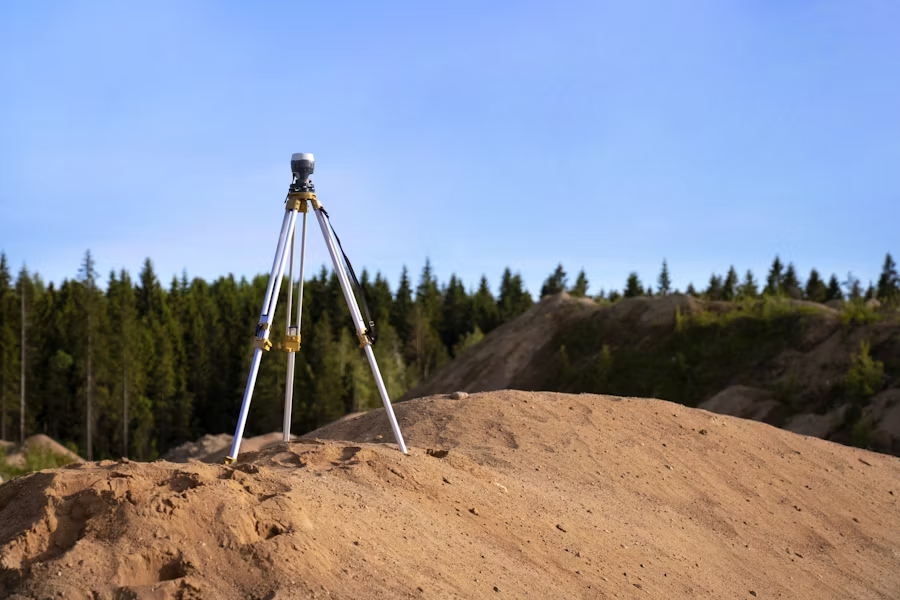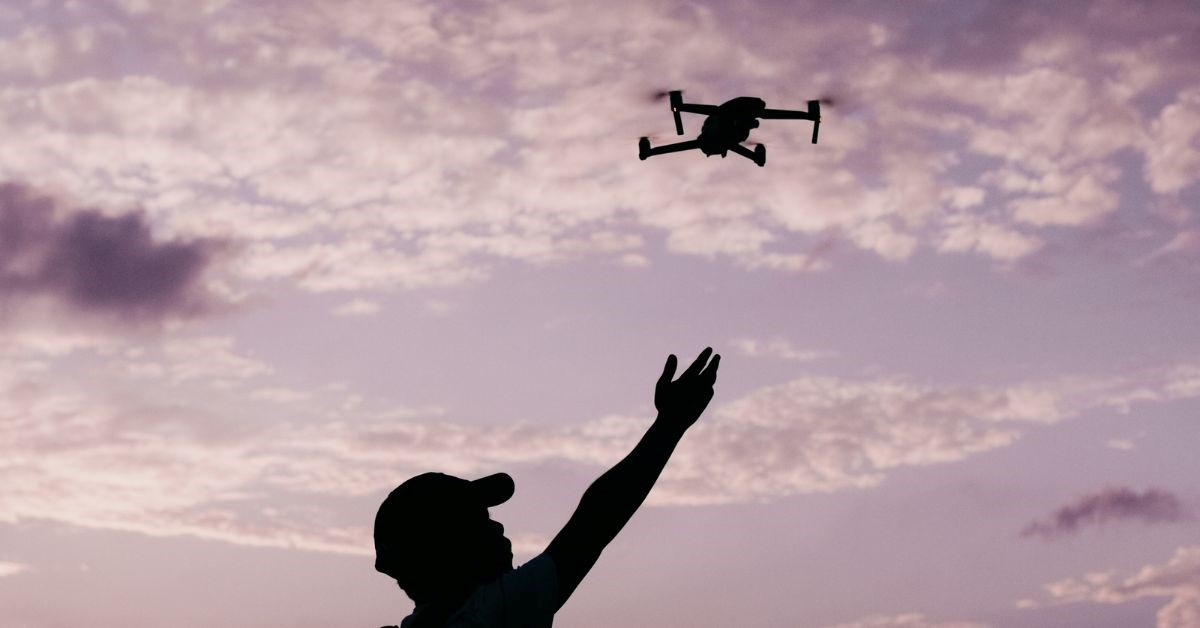The Ultimate Guide to Buying Long Range Drones

Drones are one of the most innovative technologies to emerge in recent years. Unlike other drones,long-range drones have many uses outside of capturing aerial photos and videos. Today, more businesses are trying to pick the model with the best possible range.
But with the massive number of long-range drones available, choosing which drone to get can be challenging. Luckily, narrowing down these options to a few choice models is possible. This guide will help you narrow down your options to help you buy the best drone that suits your needs. No matter the industry, you can find the best model to take your business to the next level.
What You Need to Know About Buying Long-Range Drones
While the term “drone” was previously limited to military use, it has since become widely available for commercial and personal use. Today, many different types are available for hobbyists, amateurs, and professionals. Their designs often fall into a few different categories:
- Fixed-wing – Fixed-wing drones take off and land like airplanes. Thanks to their design, these are the longest-range drones currently available. They can also glide without power, making them the most efficient drones.
- Single-rotor – Single-rotor drones look like helicopters and are generally more durable. However, these drones often wear out quickly and need more maintenance than other types.
- Multirotor – Multirotor drones provide the best control, positioning, and framing options. They are often the go-to models for aerial mapping and photography.
What is the Maximum Travel Distance of a Drone?
First-time buyers ask: “What’s the longest range for this drone?”
Your average commercial drone’s range depends on its transmission signal. While different models have their advertised flight ranges, these should serve as estimates rather than their actual limits.
Remember that most mid-level consumer drones have an average range of about 0.25-1.5 miles (about 400 meters – 3 kilometers). Higher-end models, however, can have an average capacity of 2-4.5 miles (4-8 kilometers). On top of this, travel distance and speed aren’t the only things to consider. Operators should also consider undergoing certification and training to fly legally. Luckily, most drones are easy enough to operate with a little general knowledge.
How High Can Drones Fly in the Air?
Depending on the state or country, long-range drones used for recreational or commercial purposes have different legal altitude limits. Drone manufacturers also set limits based on this and the unit’s transmitter range.
Additionally, commercial drone operators should consider factors like the absolute ceiling (maximum altitude) and maximum transmitter range when flying.
Commercial drones can fly up to an average maximum of 32,808 feet (10 kilometers) without legal restrictions. This is often considered hazardous due to the air’s thinness at higher altitudes, giving the rotors less to push against.
With this in mind, the limits for commercial and recreational drones often go as follows:
- Recreational Drones – Hobbyist and amateur drones flown for recreational purposes are limited to 400 feet (122 meters). In many cases, recreational drones cannot fly in restricted airspace.
- Commercial Drones – The longest-range drones in industries like construction may fly beyond 122 meters when within that distance of a structure. This is because drones often serve to inspect tall structures, such as towers or industrial machinery.
Is My Camera Drone Ready to Fly?
On top of the different classifications and categories, long-range drones have a few acronyms first-time buyers might encounter. These are:
- RTF (Ready-to-fly) – Ready-to-fly multirotor drones require no assembly. However, operators may need to charge the battery or install the propellers.
- BNF (Bind-and-fly) – Bind-and-fly drones come entirely assembled but need a separate compatible controller. Both the drone and controller must be on the same frequency for the drone to fly.
- ARF (Almost-ready-to-fly) – These drones are kits that require partial assembly and might leave components like motors and batteries. Buyers who purchase these types of drones need to read their instructions carefully.
What Else Should I Know Before Buying My Drone?
There are many types of drones commercially available, each with its advantages and drawbacks. It is crucial to do your research beforehand to ensure you have the most appropriate drone for your business. Additionally, before you decide on a specific long-range maximum drone with camera attachments, be sure to consider a few factors:
- Budget – It’s always a good idea to spend some time researching to avoid buyer’s remorse. Most hobbyist drones come between US$100-$300, but commercial models can easily reach as high as US$1000.
- Stability – makes a drone easier to control and less prone to crashing and damage. Heavier drones with more propellers at the center of their frame tend to be more stable. The same goes for units with powerful motors for flying in high winds.
- Flight duration – The drone’s transmitter range determines how far away you can fly your drone while still controlling it. 3km-range drones can consume a good amount of power, making it essential to include extra batteries for better mileage.
- Controller type – People often overlook controller types when it comes to drone selection. There are three types: standard radio-control transmitters, remote control (without onboard screens), and tablet controllers with dedicated mobile apps.
- Attachments – Customizability is another overlooked factor when it comes to commercial drones. Aside from high-definition cameras, swappable sensors and robotic arms give the drone more versatility in the field. Software – Finally, no drone is complete without its operating system, which is critical for image processing. Most modern drones use Linux, which allows manufacturers to create apps and regular firmware upgrades.
The Takeaway
Long-range drones offer many benefits to your business and are excellent long-term investments. However, remember that commercial units have the best specifications for specific jobs. For example, features like high-definition cameras and built-in software may be suited for long-range photography but not necessarily 3D mapping. The same goes for imaging or storing large amounts of data. With the correct information, first-time buyers can make the right purchase and take their business operations to the next level.
Contact Us
Thank you for your message. It has been sent.
Latest Posts
Social Profiles















